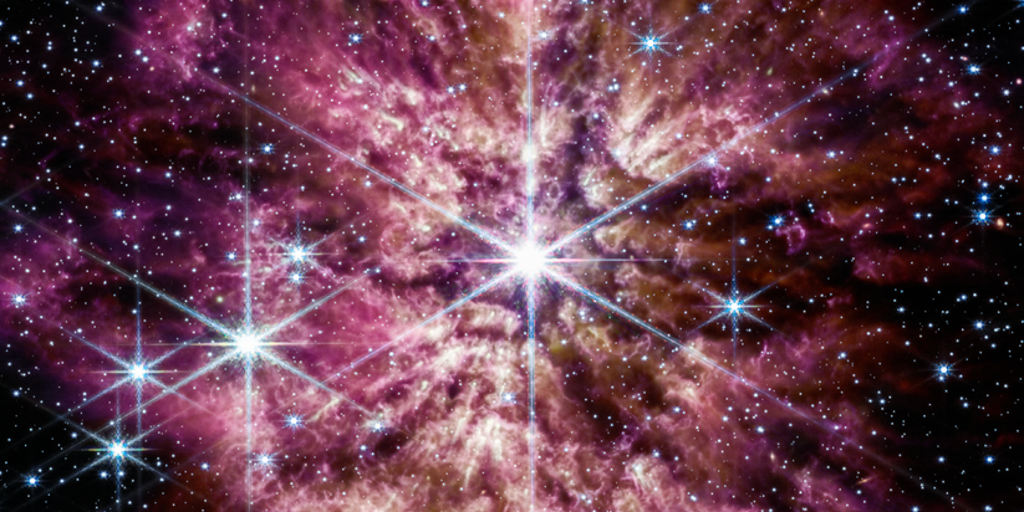
James Webb Space Telescope captures rarely seen view of supernova start with explosion of cosmic
5 min read The Crab Nebula Seen in New Light by NASA's Webb Exquisite, never-before-seen details help unravel the supernova remnant's puzzling history. NASA's James Webb Space Telescope has gazed at the Crab Nebula, a supernova remnant located 6,500 light-years away in the constellation Taurus.

James Webb caught his first supernova! Here is the first image DigiKar
NASA's James Webb Space Telescope has spotted a multiply-imaged supernova in a distant galaxy designated MRG-M0138. Two images of the supernova (circled) are seen in the Webb NIRCam (Near-Infrared Camera) image above, but an additional supernova image is expected to become visible around 2035. In this image blue represents light at 1.15 and 1.

The James Webb Telescope spots its first supernova
Last April, NASA's James Webb Space Telescope (JWST or Webb) photographed the unusual "wall of emission" in front of Cassiopeia A (or Cas A), an expanding shell of hot gas roughly 11,000.
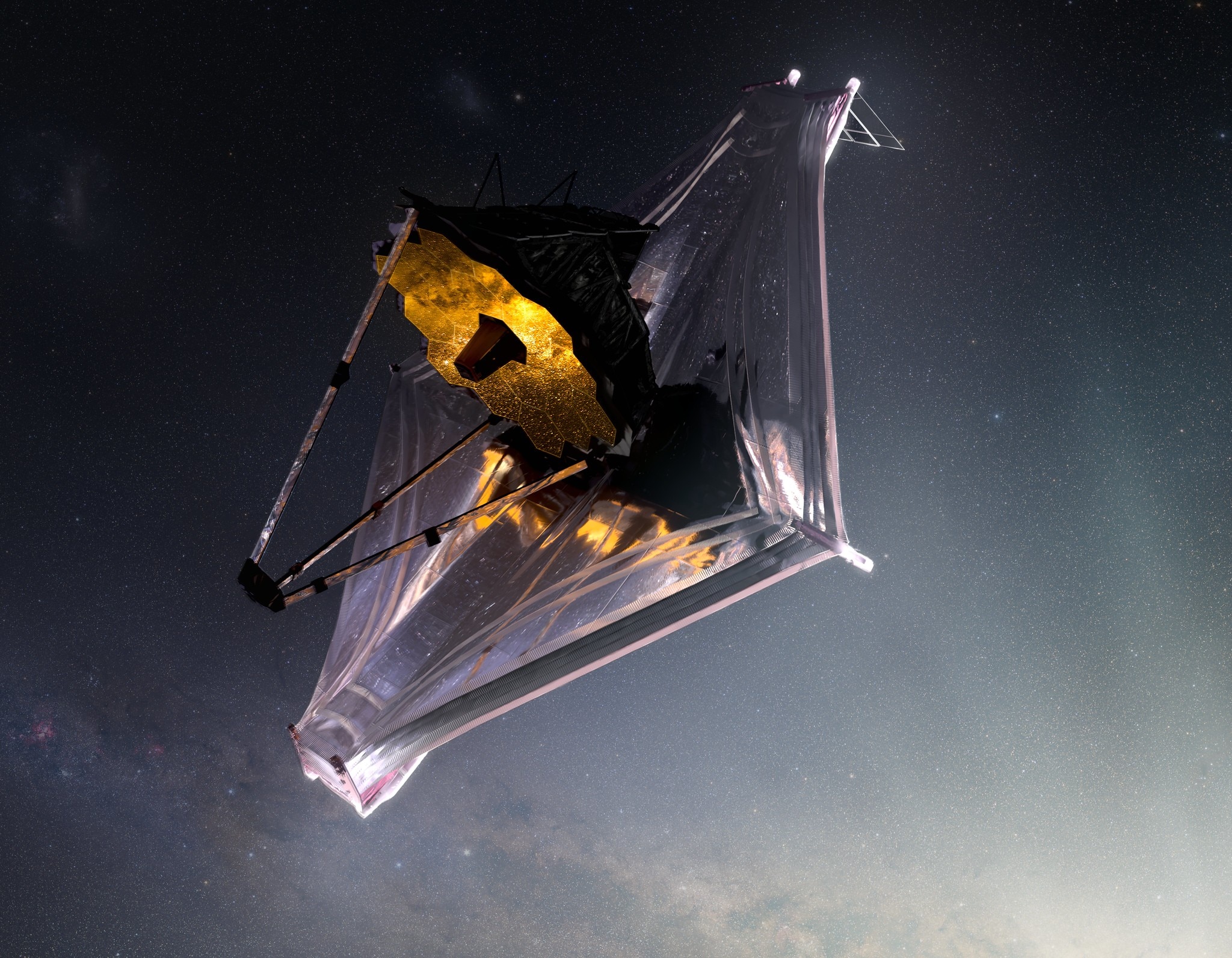
Supernova discovery! NASA James Webb Space Telescope takes the crown AGAIN with this photo Photos
NASA's James Webb Space Telescope has spotted a multiply-imaged supernova in a distant galaxy designated MRG-M0138. Two images of the supernova (circled) are seen in the Webb NIRCam (Near-Infrared Camera) image above, but an additional supernova image is expected to become visible around 2035.

Astronomers Say James Webb Telescope Has Likely Spotted First Supernova
CRAB NEBULA The famous supernova remnant first recorded by Chinese astronomers in 1054. It's located some 6,500 light-years from Earth in the constellation Taurus. When James Webb was launched.
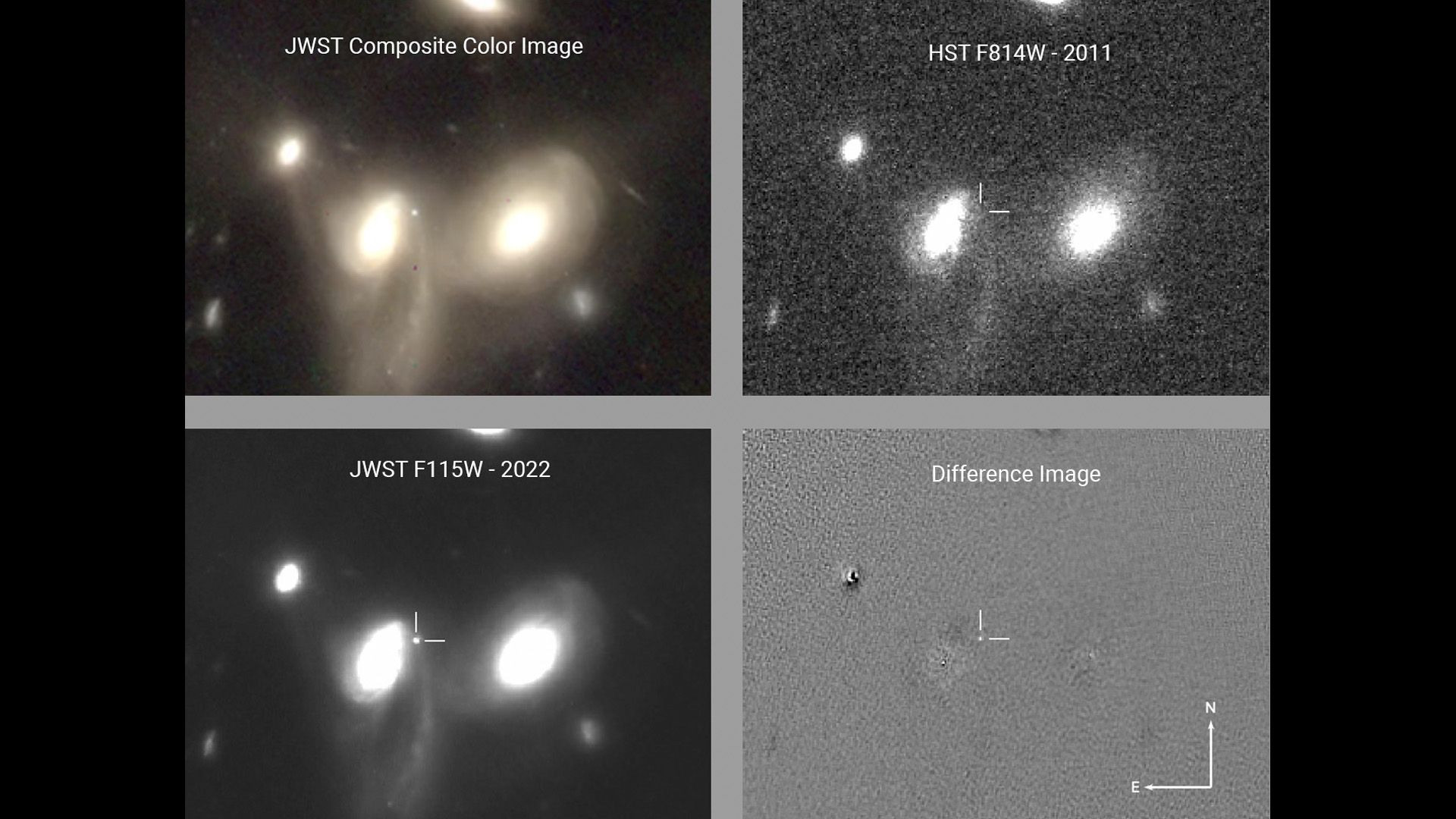
James Webb Space Telescope detects a surprise supernova Space
NASA's James Webb Space Telescope's new view of Cassiopeia A (Cas A) in near-infrared light is giving astronomers hints at the dynamical processes occurring within the supernova remnant. Tiny clumps represented in bright pink and orange make up the supernova's inner shell, and are comprised of sulfur, oxygen, argon, and neon from the star itself.

James Webb Telescope has captured an unbelievable image of its FIRST supernova The Space Academy
The James Webb Space Telescope's shot of supernova remnant Cassiopeia A shows elaborate details visible for the first time. NASA/ESA/CSA/STScI There are approximately 500,000 stars in this image.

It's Time for Supernova Remnant Cassiopeia A to Get the JWST Treatment Universe Today
This is an image of a supernova - an exploded star - taken by the new super space telescope James Webb (JWST). SN1987A, as it's known, is one of the most famous and studied objects in the.
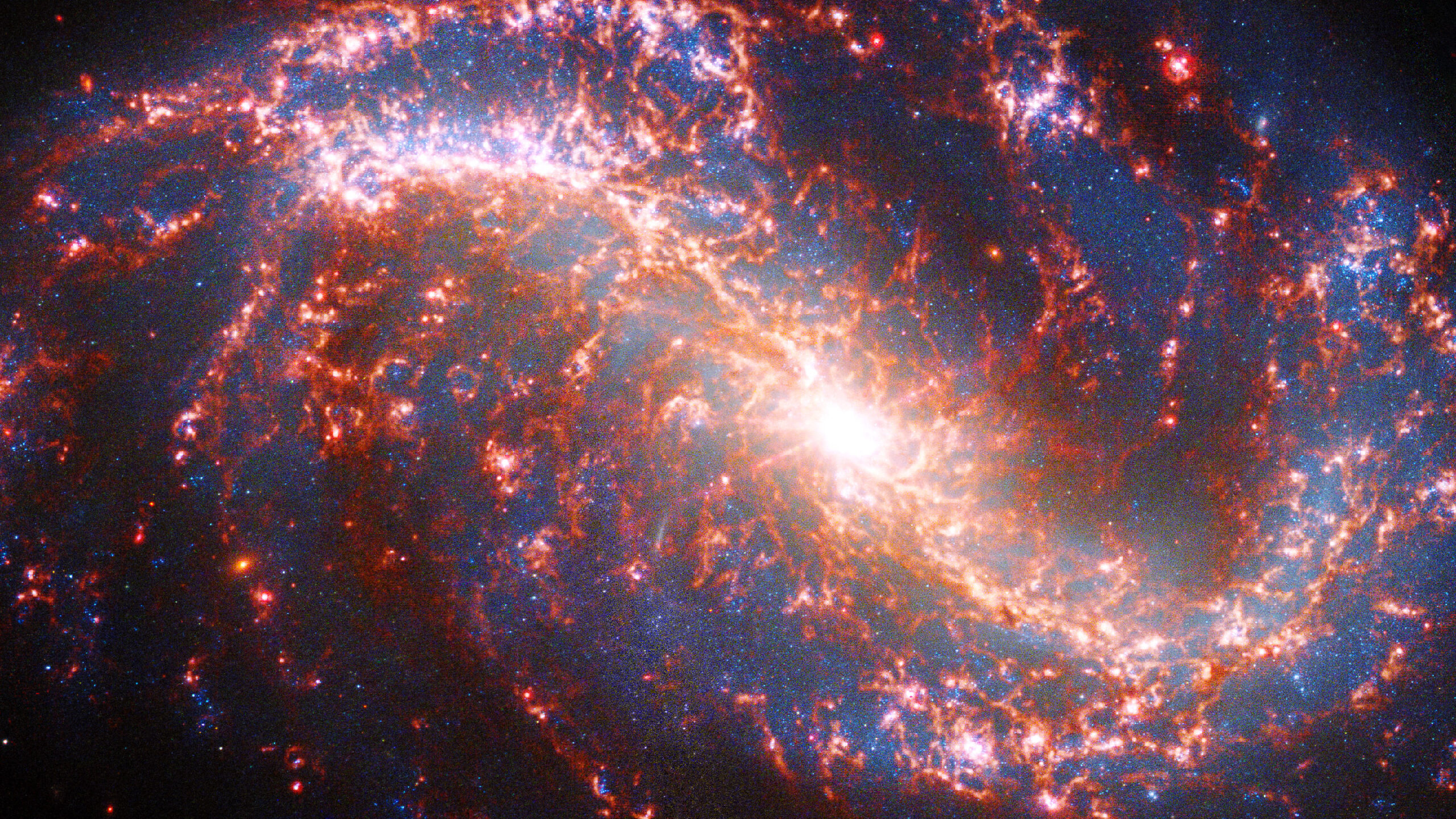
James Webb Sees Through Cosmic Dust Revealing NeverBeforeSeen Stars in NGC 7496 — Curiosmos
NASA's James Webb Space Telescope has seen the remains of a supernova explosion in a new light. The remnants, called Cassiopeia A (or Cas A for short), lie 11,000 light-years from Earth, in the.

NASA Officially Unveils First Set of Dazzling James Webb Images » TrueViralNews
The remains of a star that exploded 36 years ago have fallen under the gaze of the James Webb Space Telescope (JWST) — and this observatory's Near Infrared Camera (NIRCam) captured the.

'Green Monster' supernova is the youngest in the Milky Way, James Webb telescope reveals
The James Webb Space Telescope has surprised scientists by unexpectedly detecting its first supernova, an explosion of a dying star. The detection could possibly open up an entirely new area.
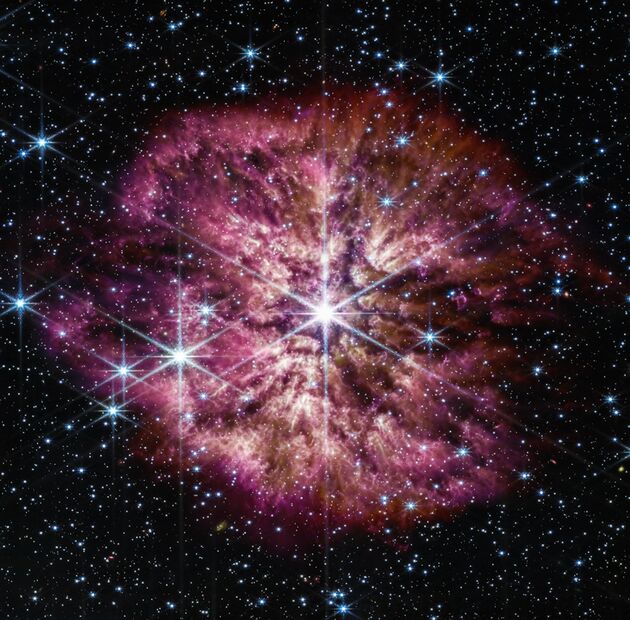
James Webb kiekte beginnende supernova
In a recent discovery, NASA's James Webb Space Telescope has brought to light a second lensed supernova event within the distant galaxy MRG-M0138. This discovery, stemming from observations of the.
_1652862195879_1659421097075_1659421097075.jpg)
Supernova discovery! NASA James Webb Space Telescope takes the crown AGAIN with this photo Photos
James Webb Space Telescope Warped supernova spotted by James Webb Space Telescope could settle a longstanding debate News By Keith Cooper published 22 December 2023 The only problem? We.

Il James Webb Telescope rivela cosa accade nell'Universo quando esplode una supernova
NASA's James Webb Space Telescope (JWST) has just given us some gorgeous views of a giant star's dying days. On Tuesday (March 14), NASA released JWST images of WR 124, a rare Wolf-Rayet star.

James Webb capture une photo époustouflante d'une étoile prête à exploser
What's New - Engesser and his colleagues say the bright object is probably the first supernova spotted by the Webb Telescope. It's extremely bright compared to the rest of the galaxy, for one.

Webb reveals new details and new questions about the Cas A supernova remnant Astronomy Now
Wolf-Rayet stars are a rare prelude to the famous final act of massive stars: the supernova. In one of its first observations, NASA's James Webb Space Telescope captured the Wolf-Rayet star WR 124 in unprecedented detail. A distinctive halo of gas and dust frames the star and glows in the infrared light detected by Webb, displaying knotty.